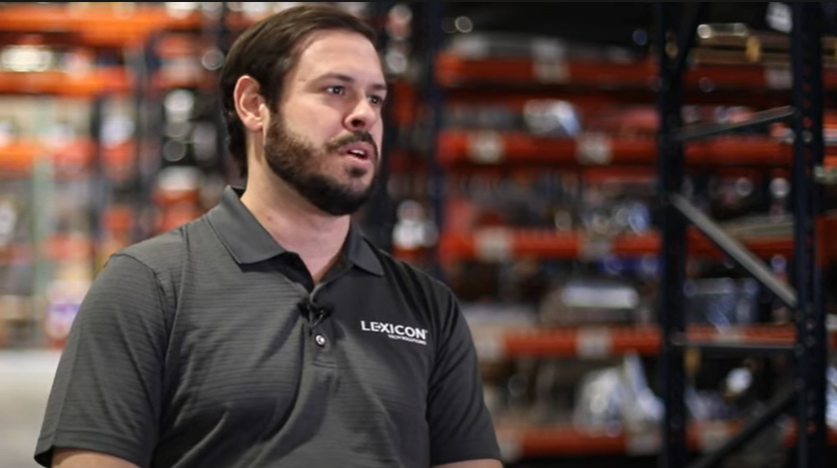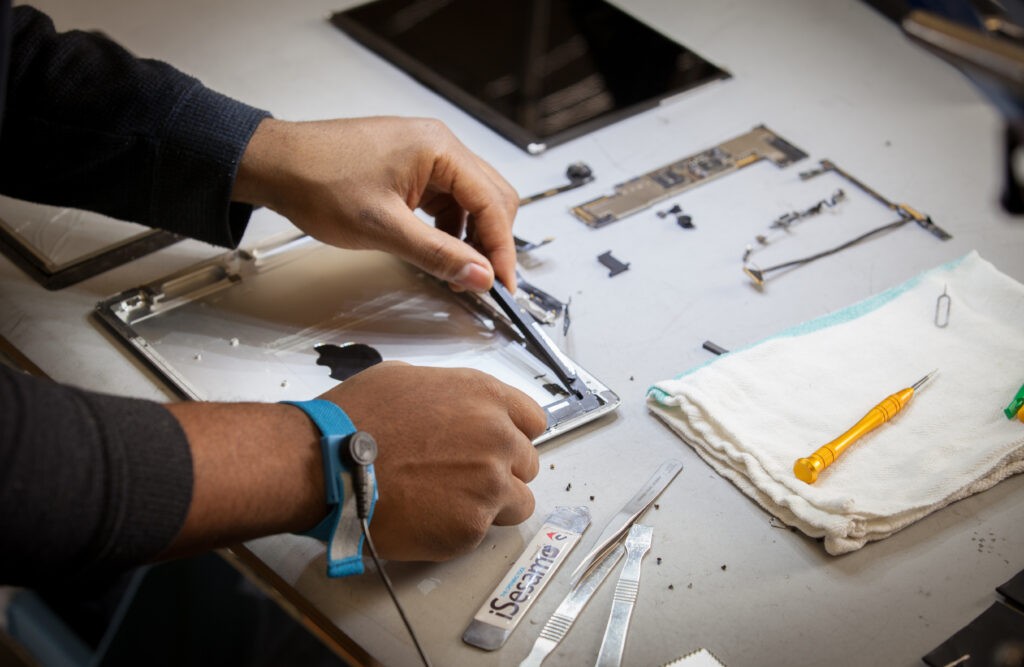Asset Lifecycle Management Best Practices
Whether your facility is a warehouse, school, distribution center, or healthcare facility, assets like computers and other hardware are critical. Ensuring that these assets remain in good condition and planning for when they reach the end of their lifecycle are key elements of minimizing the risk of disruption to your daily operations.
Life cycle management of each physical asset in your facility is essential for productivity, budgeting, and other aspects of your business. Learning about asset lifecycle management can help you better understand what it is and why it’s important.
What Is an Asset Lifecycle?
Each piece of equipment used in your facilities, such as printers or scanners, lasts for a certain time. This asset life cycle varies, depending on the equipment in question and other factors, such as whether or not regular preventive maintenance and timely repairs are made. The useful life of IT equipment might be several years or just a few, such as when newer versions of an item are frequently released.
Each IT asset in your facility goes through life cycle stages that range from the asset planning stage to the disposal stage. What makes the asset lifecycle so important for business owners and facility managers? This life cycle is tied to daily operations, from budgeting to productivity. Protecting this critical infrastructure through careful management helps businesses and organizations keep repair and maintenance costs down, as well as the cost of purchasing new IT equipment. Managing the IT asset life cycle also helps reduce operational risks, such as productivity loss.
What Is Asset Lifecycle Management?

Asset life cycle management refers to the methods used to optimize the usage and performance of each physical asset in a business or organization. It helps extend the life of equipment so it remains dependable throughout its life cycle. Managing valuable assets also helps support project delivery and reduces risk of productivity loss. From the initial planning stage to the final stage of disposal, asset life cycle management helps improve asset performance.
IT equipment can be costly so it’s important to manage the longevity of your devices properly. Proactive maintenance, equipment disposal, and purchasing new equipment are all parts of lifecycle management.
Stages of Asset Lifecycle Management
Asset life cycle management involves six different stages: planning, procurement, deployment and installation, maintenance, upgrades, and disposal.
Planning
During this lifecycle stage, an asset manager determines the IT asset needs of the organization, like the type of equipment and quantity needed. This stage involves carefully considering which equipment is needed to handle certain tasks like handheld scanners for warehouse workers or printers for school offices.
Best practices for the planning stage of asset lifecycle management include:
- Evaluating existing IT infrastructure.
- Identifying deficiencies or areas that need improvement.
- Finding equipment that improves efficiency within the organization or business.
- Creating long-term and short-term plans to optimize asset performance before purchasing.
Procurement
Procurement involves purchasing or obtaining IT equipment. For example, warehouse managers might purchase barcode scanners for employees to provide a convenient way to track inventory.
Pay close attention to the supply chain during the procurement stage as disruptions can cause significant delays getting equipment.
Deployment and Installation
After an IT asset is purchased, it needs to be set up properly before being used. Major pieces of IT infrastructure, such as servers, might require more time and careful consideration compared to smaller items, such as scanners or printers. For mobile or handheld devices, proper installation helps ensure that workers are able to begin using them without malfunctions or errors.
Maintenance

Maintenance is one of the most important stages of asset life cycle management. Having a maintenance strategy is a key part of helping equipment reach the end of its expected life cycle without encountering poor performance, damage, or other problems. An asset manager can plan to have maintenance activities done as a way to optimize the performance of each IT device or asset. This can help keep equipment working longer than expected while minimizing the risk of interruptions to daily operations.
Keep in mind that OEM solutions are generally only offered up until a certain point in an asset’s life cycle. Beyond this point, OEM support and maintenance might not be available. Asset managers should plan to explore third-party maintenance options, like Lexicon, to extend the life of your equipment and reduce the risk of needing to spend money on a replacement.
Upgrades
IT assets typically require upgrades from time to time to keep working efficiently and properly. Hardware often requires upgrades for security and improved performance. IT hardware might need to be refurbished if the current version experiences reduced performance, security problems, or other malfunctions.
Best practices for the upgrade stage in asset lifecycle management include regularly checking for software and hardware upgrades and making these changes as needed. This helps prevent workers from performing tasks using outdated software or hardware that might pose security risks or cause other problems.
Disposal
An asset’s life cycle eventually ends, even with maintenance. Disposal might involve getting rid of the equipment, replacing or doing a trade-in. If you choose to replace, refurbished equipment can help save businesses or organizations money on replacing IT assets.
Best practices for disposal include keeping track of performance concerns with equipment, especially as it nears the end of its life cycle. This allows asset managers to plan to replace this equipment, so there are no delays.
Importance of Proactive Technology Maintenance Planning

Learn more about the benefits of device repair and replacement with Josh King and Shannon Lightsey of Lexicon Technologies. In this episode of Telaid Tech Connect, they explore the importance of proactive technology maintenance planning. Businesses should understand the cost of technology devices and the cost of a device’s downtime to inform strategic decision-making about replacement and repair of those devices.
Contact Lexicon Tech
When you need maintenance for asset life cycle management, Lexicon Tech can help. Our services help keep your equipment running smoothly, from barcode scanners to printers. We offer timely repairs with a short turnaround time and preventive maintenance to help extend the life cycle of your hardware and other equipment. Our maintenance and repair services and refurbished equipment are an essential part of asset management.
To learn more about our services, please contact Lexicon Tech Solutions.